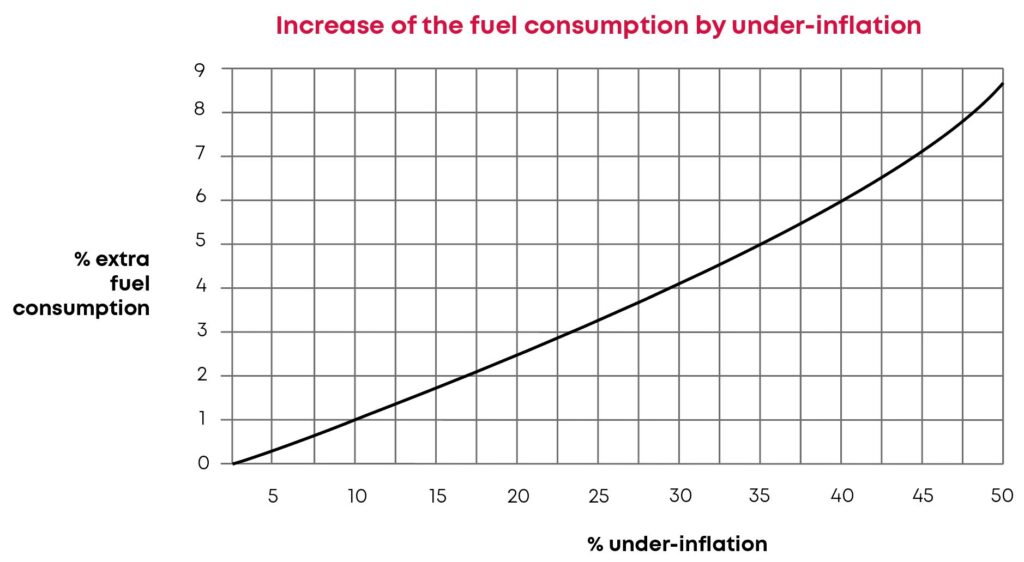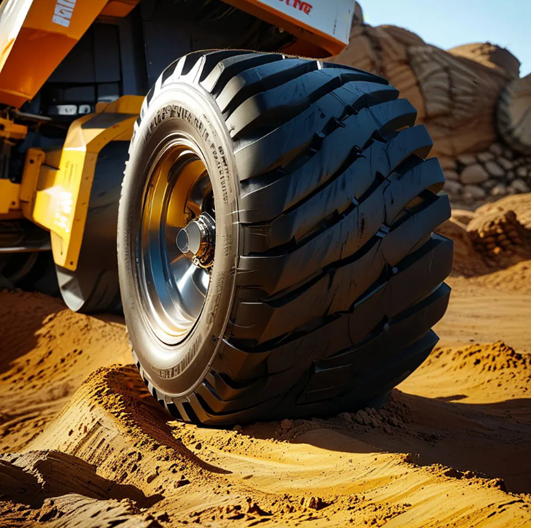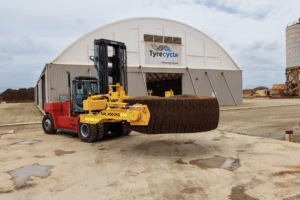Understanding OTR Tyre Pressure requirements for mine sites.
Maintaining optimal tyre pressure is crucial for vehicle safety and performance in fleet management. Two critical aspects that can make a significant difference include managing tyre pressure effectively and considering solid rubber tyres for enhanced durability.
Understanding OTR Tyre Pressure: Key to Safety and Efficiency
Tyre pressure directly impacts vehicle safety and operational efficiency. Here is why maintaining the correct tyre pressure is crucial:
Extended Tyre Life: Correct tyre pressure ensures even tread wear, extending the lifespan of tyres and reducing the frequency of replacements.
Safety Enhancement: Optimal tyre pressure reduces the risk of blowouts, providing greater control and stability on the road. Under-inflated tyres can overheat and jeopardise safety.
Fuel Efficiency: Properly inflated tyres contribute to fuel economy. Low tyre pressure increases rolling resistance, requiring more energy and thus higher fuel consumption.
Regularly checking tyre pressure is vital and should be performed on cold tyres, as warm tyres can result in inaccurate readings. It is important to follow the manufacturer’s recommended pressure levels, considering factors such as vehicle load, weather, and terrain, all of which can influence the ideal tyre pressure settings.

Solid Rubber Tyres: A Durability-Driven Choice
For industries requiring high durability, particularly where punctures are common, solid rubber tyres offer significant benefits:
- Puncture-Proof Design: Rubber tyres resist punctures, making them ideal for environments like construction sites and warehouses where sharp objects are prevalent.
- Low Maintenance: Solid rubber tyres eliminate the need for regular pressure checks, reducing maintenance requirements and saving resources.
- Increased Durability: These tyres are designed for longevity, supporting heavy loads and being less prone to damage, which reduces downtime.
While solid rubber tyres provide remarkable resilience, it is essential to be aware of their heavier nature, which could potentially affect fuel consumption and vehicle handling dynamics.
Balancing OTR Tyre Options
Choosing between solid rubber tyres and those reliant on maintained tyre pressure depends on operational needs and the environment in which they are used:
- Evaluate Your Needs: Assess the primary use of vehicles. The application will dictate whether maintaining tyre pressure for pneumatic tyres or opting for solid rubber tyres is more advantageous.
- Regular Inspections and Adjustments: Conduct regular inspections to maintain optimal tyre pressure and ensure tyres remain in prime condition, preventing costly repairs.
By carefully considering these factors and evaluating the specific needs of your operations, you can optimise tyre performance, boosting both safety and efficiency in your fleet operations.






